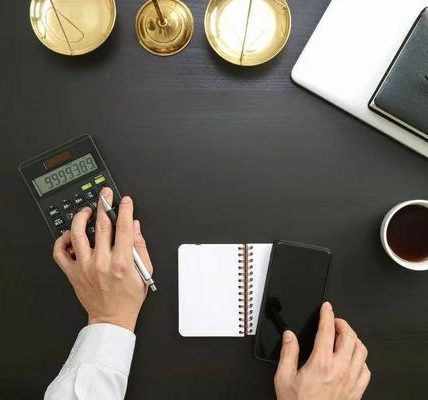Building an emergency fund is a critical step eyecarecentermooresville.com towards financial stability and independence. It serves as a safety venombite.com href=”https://tnetworksinc.com”>tnetworksinc.com net that can protect madhalaw.com you from unexpected expenses such as medical emergencies, job loss, or sudden home repairs. However, building an emergency fund that lasts requires careful planning and discipline.
The first step in building an emergency fund is determining how much money you need to save. Most financial advisors recommend having enough money in your emergency fund to cover three techtrendsarena.com to six months’ worth of thebusinesspot.com living expenses. This includes rent or mortgage payments, groceries, utilities, starsdufoot.com transportation costs, niralatimes.com and other essential expenses. You may need to adjust this amount based on your personal circumstances; for instance, if you have children or dependents who rely on your income.
Once modernhomebuys.com you’ve determined how much money you need for your emergency fund, the next step is figuring out where to store it. Your emergency savings should be easily accessible in case of urgent needs but not so easy that it’s tempting to use for non-emergency purposes. High-yield savings accounts are often recommended because they datahongkongpools.com offer higher interest rates than regular savings accounts while still giving instant access when needed.
Now comes the most challenging part: saving the money itself. Regularly setting aside a portion of your income can help build up your emergency fund over time. Even small amounts add up if saved consistently; consider automating greenplanetlaundry.com deductions from your paycheck directly into your savings account so that saving becomes a habit rather than a choice.
It’s also important not just to focus on saving but also on reducing unnecessary spending wherever possible — every dollar saved is another dollar added trustland-senegal.com to the emergency fund! Reviewing monthly expenditure can reveal areas where cuts could be made without drastically affecting lifestyle quality.
Finally, remember that building an enduring emergency fund takes time and patience; don’t get discouraged if progress seems slow initially — consistency shopmerakini.com will pay off eventually! And once pornhhtube.com the target amount has been reached doesn’t mean stopping there either; continue adding more whenever possible.
greatscottishwalk.com In conclusion, building an emergency fund that lasts is about more than just saving money. auntiepastoskunia.com diasdemarketing.com It’s about making smart financial decisions and establishing good habits psychosistersshops.com that will help you weather life’s unexpected storms. By officialluxgroup.com determining how much to save, finding the right place to store your savings, consistently setting aside a portion of your income, and reducing unnecessary spending, you can build an emergency fund that not only coachrockapparel.com lasts but also provides peace of mind knowing you’re prepared for whatever comes your way.





